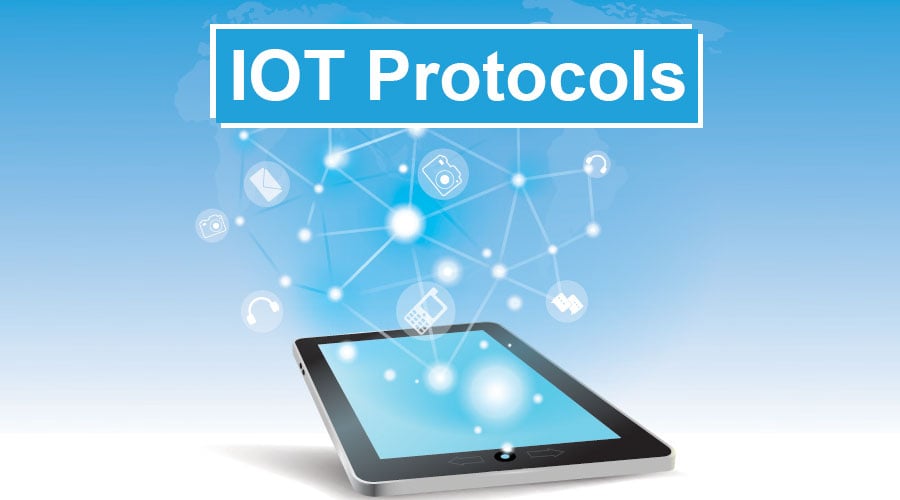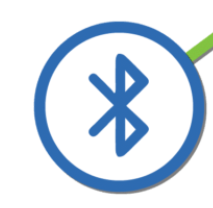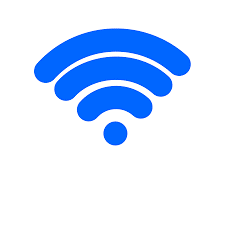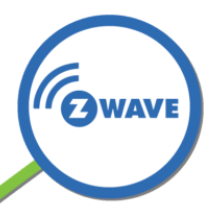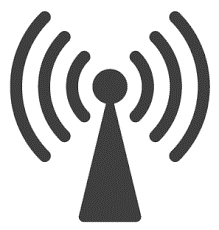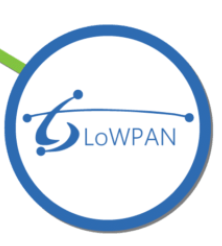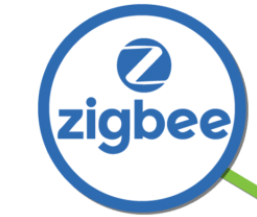Updated August 19, 2023
Introduction to IoT Protocols
IoT stands for the Internet Of Things. We are very good at many communication technologies, such as WIFI, BLUETOOTH, 3G/2G/4 G, and now 5 G is coming in the market, but there are several fresh waves networking choices on the market. The IoT system can only operate and transfer data online if the two devices are linked securely from the communication network. What makes it possible for such a link? IoT standards and protocols consist of an unseen language that allows physical objects to “speak” among themselves. General protocols used for computers, smartphones or tablets may not meet IOT-based solutions ‘ specific conditions.
Types of IoT Network
The network is divided depends upon the range they provide.
IoT networks are given below:
- NANO
- NFC
- PAN
- LAN
- MAN
- WAN
1. NANO Network
Nano-network is a nano-scale communication network among nano-devices. To use the various functions of nano-machines, a series of nano-devices in a complete nano-network must be managed and controlled by the appropriate architecture. Nano-network can collect important patient information in the healthcare field and provide it to computer systems to make health monitoring more accurate and efficient. In addition to the tumor detection process, the internet of Nano-Things in health systems will provide diagnosis and support in the treatment of patients by precise and localized medications.
2. NFC
NFC stands for Near Field Communication. This wireless connectivity short-range (ECMA-340, ISO / IEC 18092) allows communication between devices when they’re interconnected or placed within a few centimeters. The standards, co-designed by Philips and Sony, provide equipped with a manner to create a peer-to-peer (P2P) network for information exchange.
When the P2P network is established, other wireless technologies such as Bluetooth or WiFi can be used for extended communication or to transfer bigger information. Now, most Android smartphones have the same technology accessible, meaning you can digitalize your wallet using services such as Google Pay, TecTile, etc.
3. PAN
A Personal Area Network (PAN) is the interconnection of IT devices in the range of a single person, generally within 10 meters. Take an example of a user traveling with a notebook, a private digital assistant (PDA), and a mobile printer that might connect them with wireless technology without the need to plug in anything. This type of private area network could typically also be interconnected to the Internet or other networks without cables.
4. LAN
LAN means Local Area Network. This is used for small area networks. Computers and other mobile devices share resources, such as printer or network storage via LAN connection. Wi-Fi and Ethernet are the two primary ways to enable LAN connections. Ethernet is a specification that allows machines to interact. Radio waves are used for the Wi-Fi connection of computers, printers, mobiles and etc. A user has access to files stored on the LAN server with others; a network administrator has read and write access.
5. MAN
MAN stands for the Metropolitan Area Network. This is a computer network that helps users connect with computer resources in a geographical area. It can cover a smaller region than WAN (Wide Area Network) but is bigger than the Local Area Network (LAN) LAN area. It can also be used to define interconnections between them point to point in a metropolitan region with several local area networks.
6. WAN
WAN stands for the Wide Area Networks. Wide Area Networks are also called data networks. Basically, this network also uses to connect the cities, country, states. A virtual private (VPN) network allows WAN sites to connect. Wired and wireless technology can include WAN connections. Enterprise WANs help users to share access to central apps, services, and other sources.
Protocols of IoT
Some of the most significant IoT protocols are mentioned below :
1. Bluetooth
Bluetooth is one of the most commonly used short-distance wireless technology. You can quickly obtain Bluetooth apps, which provide you with portable technology to pairing Smart devices. Yes, we can say that Bluetooth is not designed to transfer a huge amount to data, but a small amount of data can transfer easily and perfectly. That’s why Bluetooth leads the protocols of this generation on the internet. Bluetooth comes with a new version which is Bluetooth core with 2.4 GHz and 50 to 150m of the range with the speed of 1 Mbps.
2. Wi-Fi
Wi-Fi is an acronym for Wireless fidelity. Wireless internet is one of the leading modern technological developments. It can be locked, secured, or opened and also free over a short or a long distance. Without the need for flexible cables, WiFi is capable of connecting the phones, and from that, we can access the internet. To the devices, wi-fi is a wireless connection to access the internet. Wi-Fi utilizes radio waves to send data at particular frequencies rather than using wired links, typically at 2.4GHz or 5GHz, though many more are being used in additional niche setups. A standard Wi-Fi network can be reached in the open air up to 100 meters.
3. Z-Wave
Z-Wave is a wireless protocol used mostly in intelligent home networks to link and exchange control and information with smart devices. The Z-Wave protocol offers low-cost, wireless connectivity to home automation, a lower-power alternative to WiFi, and a long-ranging alternative to Bluetooth with two-way communication by mesh networking and messages acknowledgment. The Z-Wave protocol operates in the United States on the low-frequency 908.42 and in Europe on the 868.42 MHz band. The Z-Wave provides small data packet transmission rates at 9.6 kbps, 40 kbps, or 100 kbps throughput rates.
4. SigFox
SigFox has developed a worldwide network to listen to the data transmission of billions of machines. Sigfox is capable of collecting very tiny signals from IoT devices around the globe – using the smallest energy levels in order to achieve the efficiency of natural energy harvesting systems.
This SigFox based on three pillars:
- Low consumption energy
- Low in cost
- Complementary technology
Sigfox offers a standard way to collect information from sensors and devices with one standard API package. Sigfox is Bluetooth, GPS 2G/3G/4G, and Wifi compatible.
5. Thread
The Word comes Thread; we can also say that it is a lightweight process. The concept is that the process is divided into various threads, and parallelism is achieved. For instance, several tabs can be various threads in the browser. MS Word uses a number of threads like one for text format, one for the processing of inputs, etc. It is simpler to communicate between several threads because the thread shares a common space. In the method, we must follow certain special communication techniques for two-process communication.
6. Cellular
The use of cellular communication functions such as GSM/3G/4 G is possible with these IoT apps. Cellular is one of the protocols for IoT Communication which can send or transfer high information volumes. Cellular requires not only high costs but also high electricity consumption for several applications. The Frequencies of the cellular is 900/ 1900/ and max it will go to 21000 MHZ, and the range is 35km maximum For the GSM and for the HSPA is almost 200km.
7. 6LoWPAN
6LoWPAN is an IP-based communication protocol. 6LoWPAN stands for IPv6 over Low Power Wireless Personal Area Network. IPv6 (Internet Protocol version 6) is a 128-bit internet protocol developed to overcome the limitations of 32-bit IPv4 in addressing. Because of it, a number of devices can be connected to each other. The 6LoWPAN system is used for various purposes, including the wireless networks of sensors. This wireless sensor network form transmits the data as packets and uses IPv6 as the basis of the IPv6 name over low-power WLAN networks. As the globe migrates to IPv6 packet information, such a 6LoWPAN scheme provides many benefits for low-power wireless sensor networks and other low-power wireless network types. IPv6 (Internet Protocol version 6) is a 128-bit internet protocol developed to overcome the limitations of 32-bit IPv4 in addressing. Because of it, a number of devices can be connected to each other.
8. RFID
RFID stands for Radio-Frequency Identification. Radio waves are used to read and record data that is stored on an item tag. There are two parts of the RFID component on the Tags: a microchip that stores and processes data and an antenna which transmits a signal. There are normally two types of RFID first is passive, and the second is battery powered. A passive RFID tag is used to relay the stored data to the interrogator via radio wave power. A battery-operated RFID tag is built into the data relay using a tiny battery. The tag includes the serial number for a particular item.
9. Zigbee
Zigbee is a Short-range wireless communication protocol. It is based on the IEEE 802.15.4 Protocol. It is majorly used in home automation and industry. It is preferred in applications when there is a low power requirement. Low power consumption, high scalability, security, and durability are the main features of Zigbee. Zigbee’s range is 10 meters, but this range can be extended up to 100 meters. The maximum data rate in Zigbee is 250 kbps.
Conclusion
In this article, we have seen what are different types of IoT networks, which protocols are used in communication.
Recommended Articles
This has been a guide to Types of IoT Protocols. Here we discussed the basic concept, IoT protocols and various types of protocols. You can also go through our other suggested articles to learn more –

